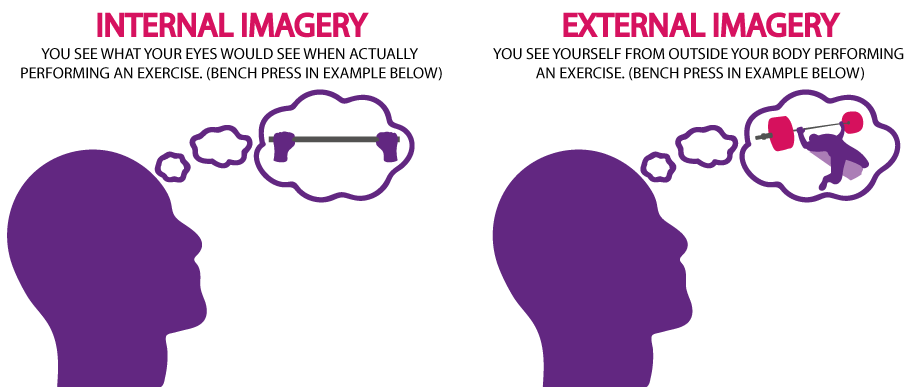Practice is the repetition of action, with the goal of improvement.
The brain has two types of tissues:
Gray Matter and White Matter
Gray matter processes information in the brain, directing signals and sensory stimuli to nerves cells.
White matter is made up mostly of fatty tissue and nerve fibers.
In order for our bodies to move and function, information must travel from our brain’s grey matter to our muscles. This line of communication goes through the spinal cord and into a chain of nerve fibers called axons.
Axons are connected to our muscles and covered in a sheath called myelin which is similar to the insulation coverings on an electrical cord.
Myelin moves electrical signals more efficiently from brain to body through neural pathways by preventing energy loss.
The myelation, or thickening of these sheaths, create more layers around the axon chains and a faster pathway from brain to body.
Many athletes and performers attribute theirs success to a sort of “muscle memory.” This theory is a bit of a stretch, in that muscles don’t have actual brains themselves.
The amount of quality and effective hours, days, and years of practicing a skill creates these faster and more efficient information highways.
What is effective practice?
-Consistency
-Minimize distractions
-Intensely focus on the task at hand
-Start Slowly or in Slow-Motion
-Gradually build speed with quality repetitions.
-Take breaks often
-Practice multiple times a day
-Build coordination through many repetitions
-Target weakness in one’s abilities
-Imagery: Mental Practice in your brain
The use of visualization in the brain is most powerful, once the physical skill has been developed.
The actual thinking of the movement or skill when at rest is what can hard link these attributes and abilities. This is true whether playing an instrument, a sport, or performing a specific task.



